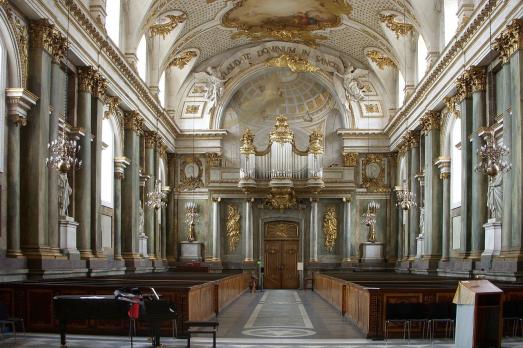
Royal Chapel
, SE
The Royal Chapel was built with the Royal Palace in Stockholm. The chapel was opened in 1754, six years before the completion of the royal palace. The castle church is still used by the royal family during religious ceremonies.
Here you can search for a building to visit. You can use the map find destinations, or you can use the filters to search for a building based upon what different criteria.

, SE
The Royal Chapel was built with the Royal Palace in Stockholm. The chapel was opened in 1754, six years before the completion of the royal palace. The castle church is still used by the royal family during religious ceremonies.
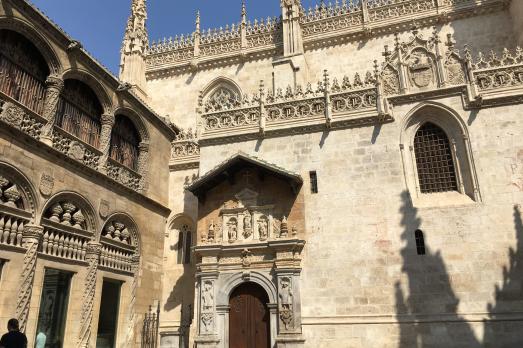
Granada, ES
The Royal Chapel of Granada was commissioned by the monarchs of Spain in 1504 as a funerary chapel. The chapel was completed during the reign of Charles V, who began to bury most of his family here. Among the Spanish monarchs buried here are Ferdinand and Isabella, as well as princess Maria of Portugal.
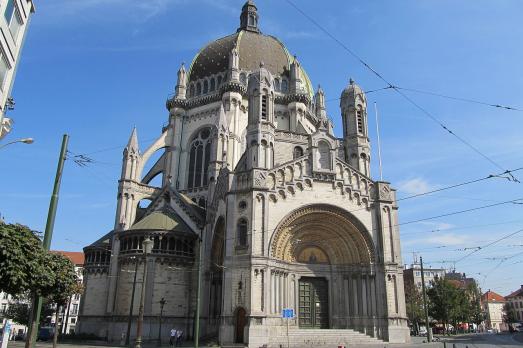
Schaerbeek, BE
The Royal Church of St. Mary was built from 1845 to 1888 in the Romano-Byzantine style. The architect of the church, Louis van Overstraeten, was inspired in his design by the octagonal basilica of St. Vital in Ravenna (Italy). Deteriorating rapidly after the war, the Royal Church of St. Mary was closed to the public in 1966 because it was considered too dangerous. The church was saved by the "Friends of St. Mary's Church" association, which obtained its classification as a historical monument in 1976. After 14 years of renovation, the church was reopened to the public in 1996.
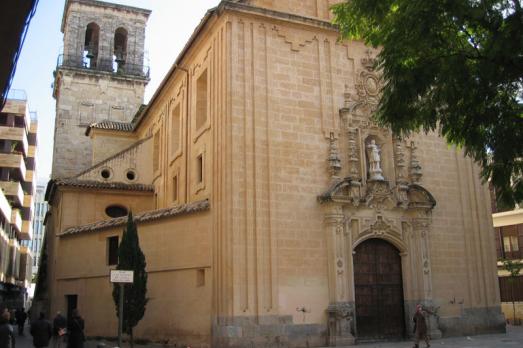
Córdoba, ES
The church of San Hipólito de Córdoba was created by King Alfonso XI in 1343, after his victory in the decisive Battle of Salado (1340). At first the building was destined to a monastery, but later, in 1347, it would become Royal Collegiate, a status it lost in 1852 to be finally ceded to the Jesuits.
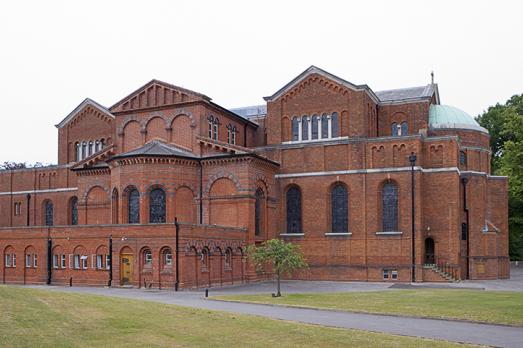
Sandhurst, GB
The first chapel of the Royal Military College, Sandhurst, built in 1813, formed part of the Old College building and, following the construction of the newer and larger chapels, it was used variously as a dining hall and museum. It is now known as the Indian Army Memorial Room.
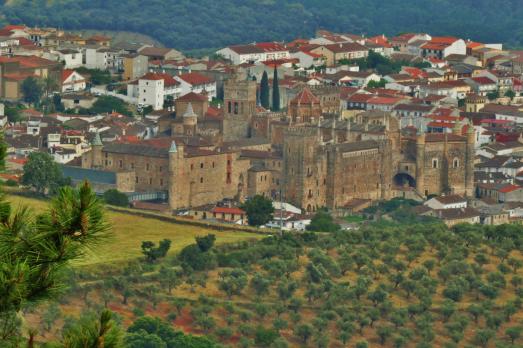
Guadalupe, ES
The monastery of Santa María de Guadalupe was founded in the 13th century as a secular priory, it only became a monastery in 1389, a status it retained until 1835. Since 1993, the monastery has been a UNESCO World Heritage Site. The monastery mixes many different styles from Mudéjar Gothic to Baroque.
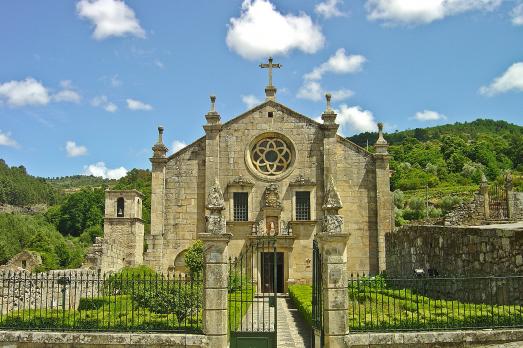
São João de Tarouca, PT
The Royal Monastery of São João de Tarouca is the result of the first monastery of the Cistercian order in the country. In 1152, after the victory of Afonso I of Portugal (1139–1185) over the Moors in the battle of Trancoso, the foundation stone of the convent church was laid. A new dormitory and the bell tower were erected in the 16th century. Most of the regular buildings were demolished after the extinction of the Religious Orders decreed in 1834.
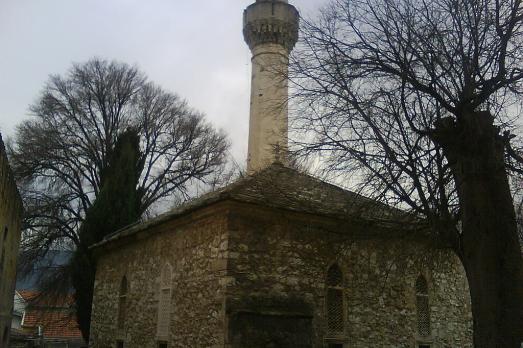
Mostar, BA
The Roznamedi Ibrahim-effendi Mosque is an Islamic place of worship built in the first half of the 17th century in Mostar.
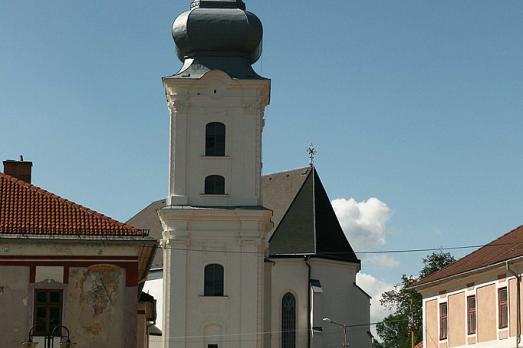
Rožňava, SK
The Cathedral of the Assumption of the Virgin Mary was built as a parish church in 1304. The church was rebuilt in late Gothic style around 1500. After the foundation of the bishopric of Rožňava, the parish church became its cathedral church in 1776 and the church was remodelled in the late Baroque style. The murals depicting the life of Mary date from the 19th century. The church was originally without a tower, but in 1779 it received a free-standing bell tower in the Baroque-Classical style.
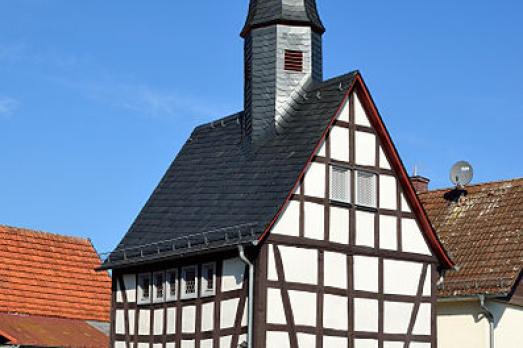
Gladenbach, DE
The Protestant church of Rüchenbach is one of many half-timbered churches in the region. Built in the 15th century, it has been rebuilt several times.

new
As a university city, cultural offerings abound in Tartu and will reach their peak after being designated one of three European Capitals of Culture for 2024. In this list, we've compiled the most interesting sacred places to visit in and around the old town.

Bodø has evolved from a picturesque fishing village to a bustling cultural epicentre in the northeastern Norwegian county of Nordland. Here is a list of the top churches to visit in Bodø, the only European Capital of Culture above the Arctic Circle.

The small Austrian spa town of Bad Ischl is known for its beautiful nature and peaceful atmosphere. Emperor Franz Joseph I of Habsburg, described it as an "earthly paradise". Here is a list of religious heritage sites you should visit.